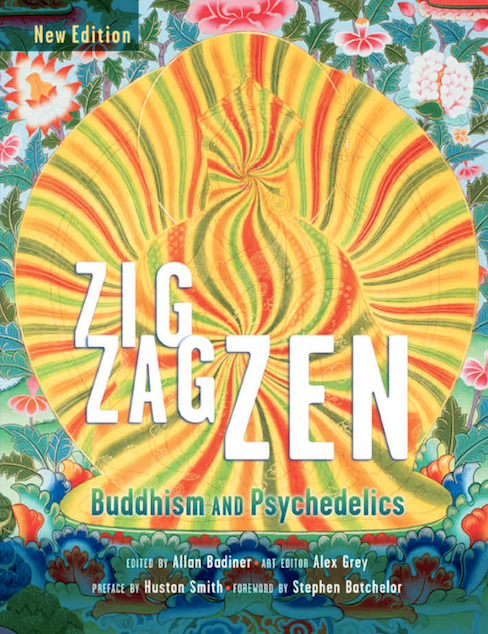Image by Thomas Hawk, courtesy of Creative Commons licensing.
The Global Drug Survey has been collecting useful and enlightening drug usage data since 2014, and has recently launched its 2017 Global Drug Survey.
From GDS' About Us page:
"GDS is an independent research company based in London. We produce reports for global media, public health and corporate organisations. GDS use its data and expertise to create digital health applications delivering screening and brief interventions for drugs and alcohol. We create free online harm reduction resources and anonymous, confidential self-assessment tools. GDS also produces a range of drug education materials for health and legal professionals, the entertainment industry and the general public.
GDS aims to make drug use safer, regardless of the legal status of the drug, by sharing information with individuals, communities, health and policy organisations.
Using anonymous online research methods Global Drug Survey runs an annual survey in 10 languages, which is hosted by partners in over 20 countries. We work with global media giants around the world who act as hubs to promote our survey and our findings, ensuring that the first people to see the results are the general public.
Survey findings are frank, honest, and revealing. GDS explores the positives and negatives of drug use and detects new drugs trends as soon as they appear. GDS has a unique insight into personal decision-making about drug use . Our international networks of researchers and specialists have extensive experience in data analysis and report writing."
I have already submitted my survey, and highly suggest that you do the same by clicking here. The survey period will remain open until December 31st, 2016, at which time it will be closed and no longer accepting responses.










